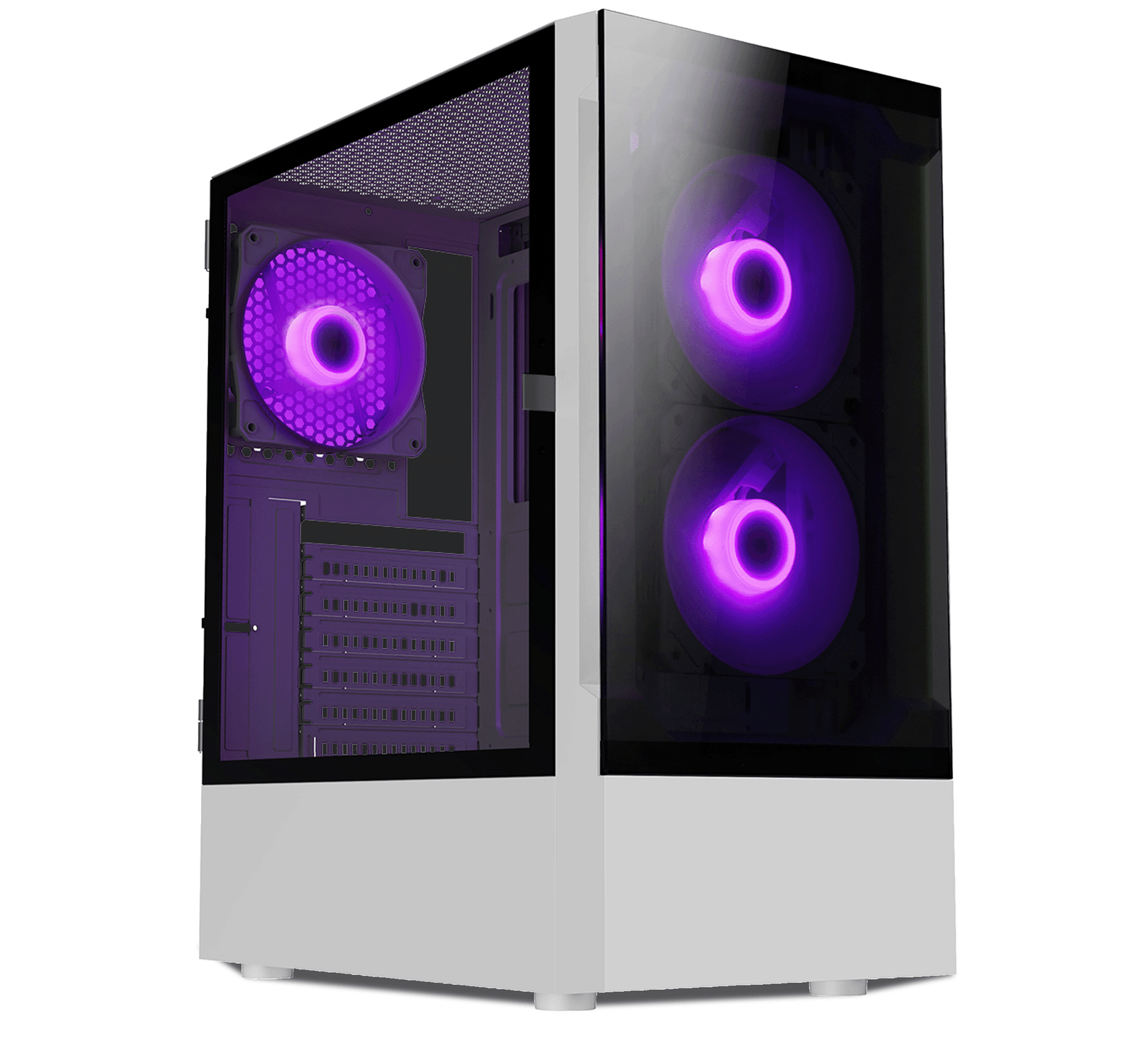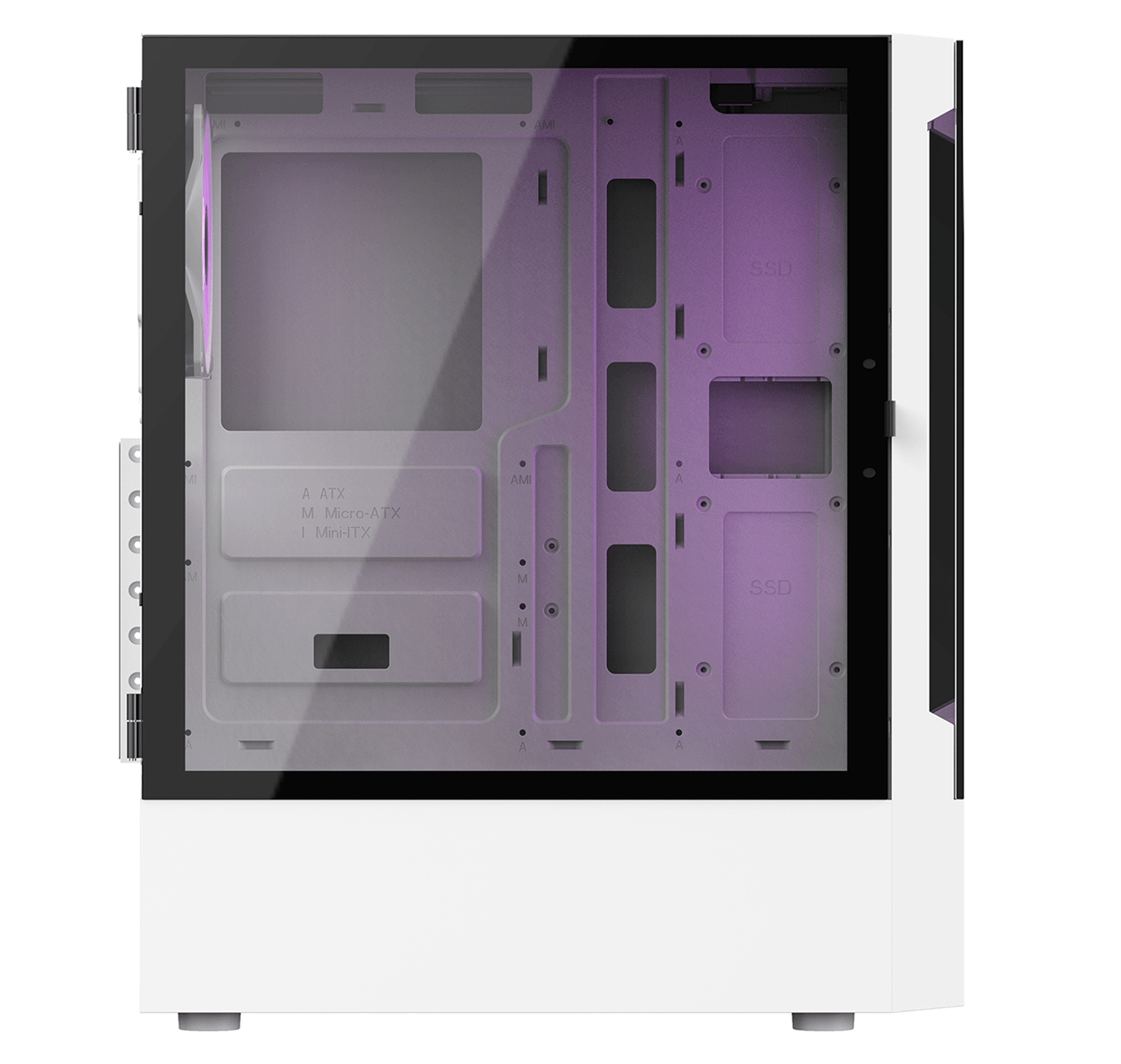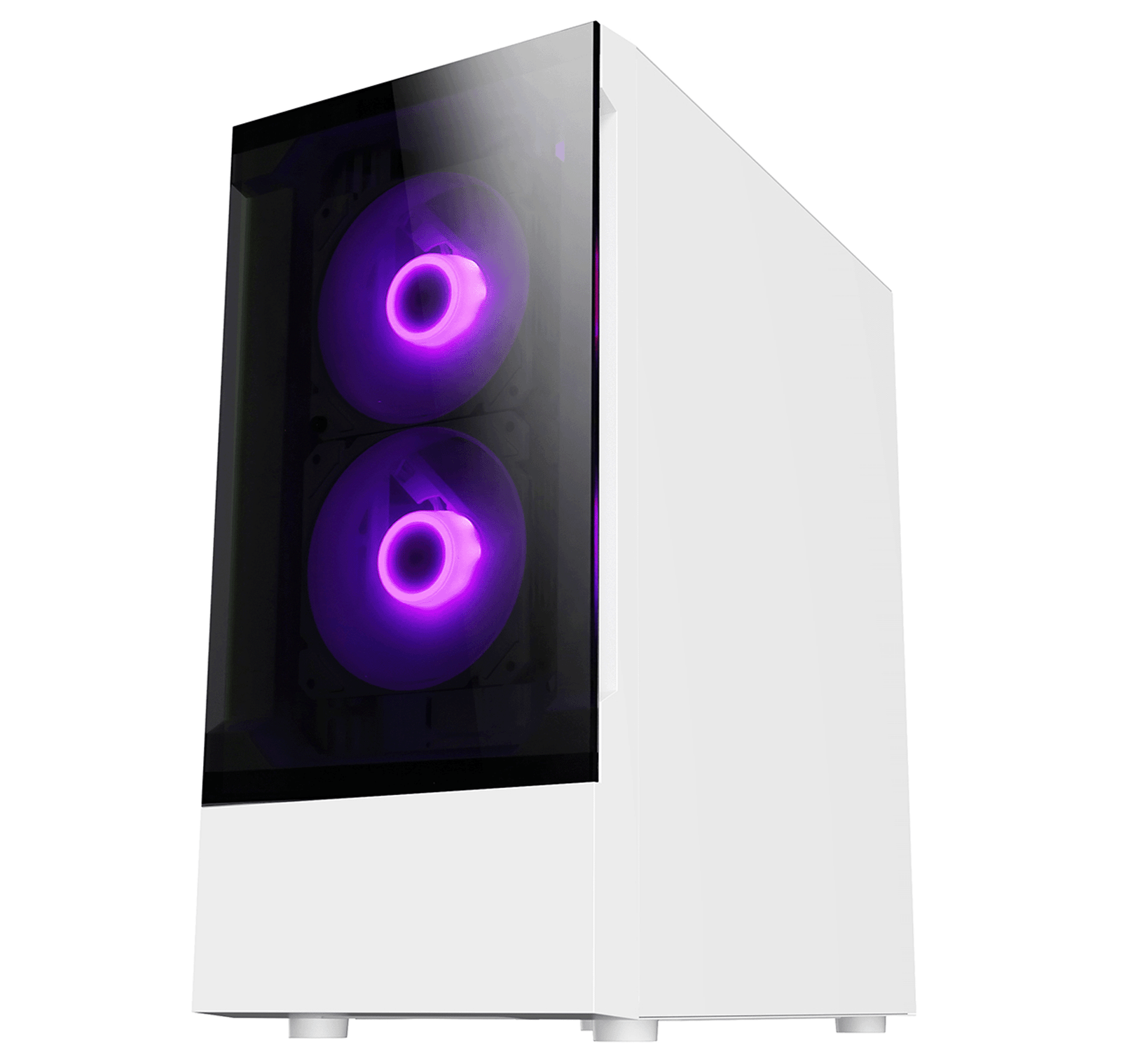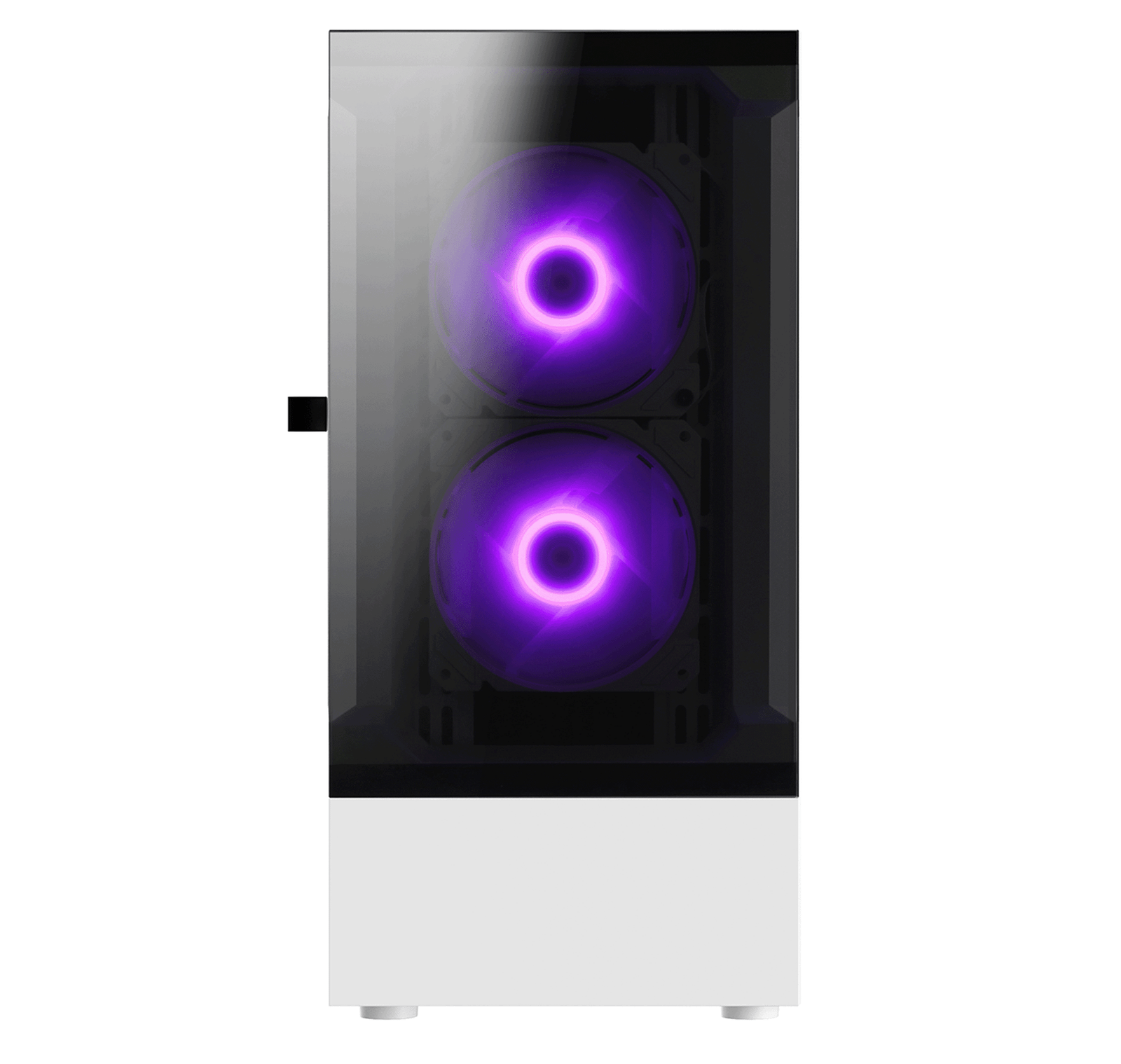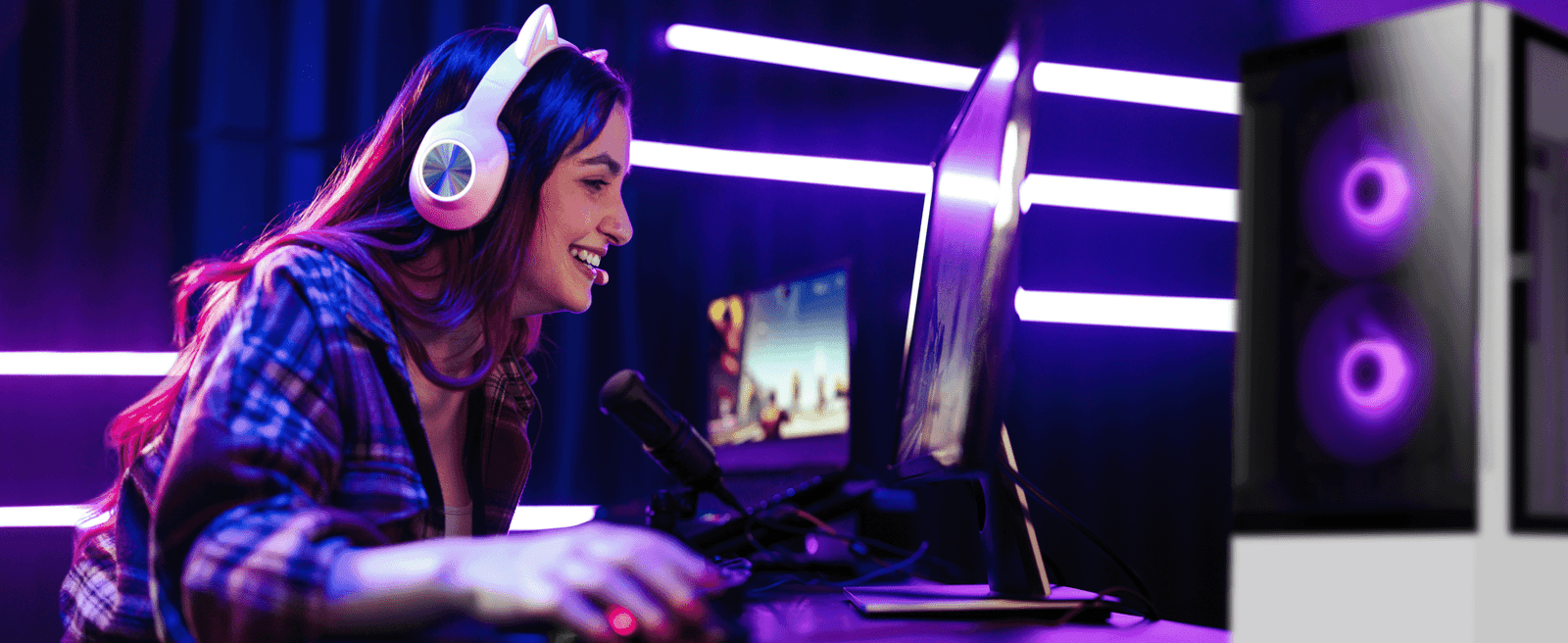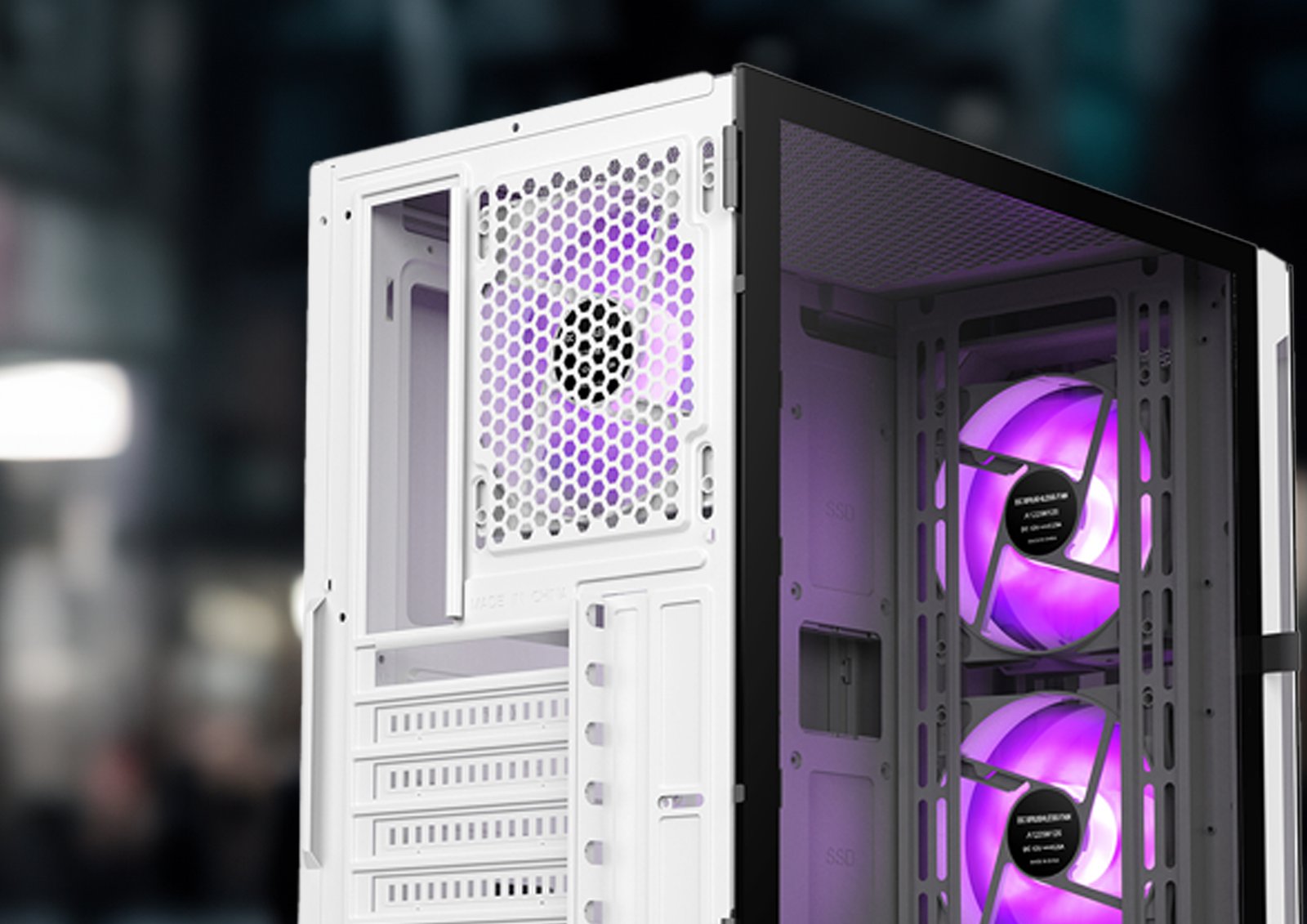KZ 20 Dark Mirror
$0.00
The KZ20 2.0 is a Compact ATX Tower PC gaming Case upgrade on the original successful KZ20. The V2 has a tinted dark glass front. The left side (also tinted) comes with a hinge tempered glass door allowing the user to easily show off their build and to make changes to the perfect setup
Easy Access
With easy access to all your components, you’ll never struggle to upgrade or customize your rig again. Need a little extra room to work? No problem. Our hinged glass panel ensures unobstructed access, making maintenance a breeze. Elevate your gaming experience with effortless accessibility and unparalleled convenience.
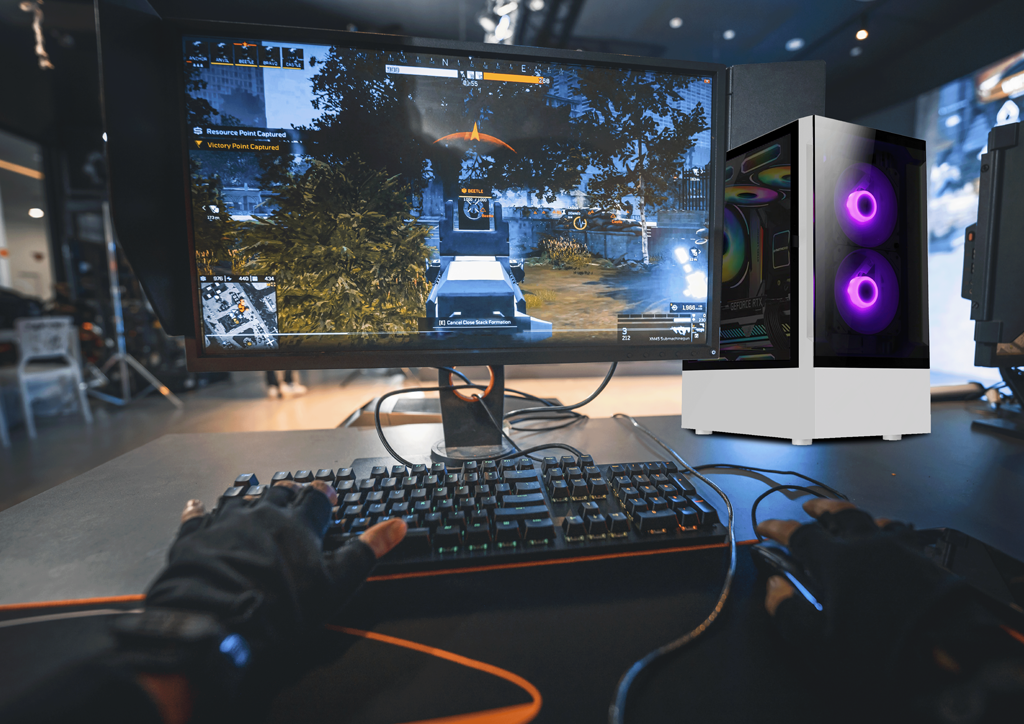

Raised Glass Front Panel
With its revolutionary design, the glass front panel is strategically set away from the front fans, creating a channel for unrestricted airflow from the open sides. Say goodbye to overheating and hello to peak performance as your components breathe freely within the spacious interior. Experience gaming like never before as the KZ20 Darkmirror ensures optimal airflow to keep your system cool and efficient, even during the most intense gaming sessions. Dominate the competition with superior airflow and excellent performance, all encapsulated within the sleek and stylish design of the KZ20 Darkmirror Gaming PC Case.

ATX / Micro ATX Motherboard Support
GPU support for 315mm cards and CPU cooler height of 160mm
Specifications
- (L )446mm (W ) 210mm (H )376mm
- 2 x HDD or 3 x SSD
- GPUs 315mm (depending on position of front fans)
- CPU cooler height up to 170mm
- ATX / Micro ATX / ITX motherboards supported
Frequently asked questions
PWM case fans have an advantage over DC case fans in terms of airflow, as they can spin faster when the system is hot and generate more airflow
Improved Airflow: Mesh PC cases typically have a more open design with perforated metal panels, allowing for better airflow compared to solid panels like glass. This helps in keeping the components cooler, which can result in better performance and longevity.
The size of the computer case depends on your motherboard form factor and the components you plan to install. Common sizes include ATX, Micro-ATX, and Mini-ITX. ATX is the most common and offers the most space for components, while Micro-ATX and Mini-ITX are smaller and more compact.
No, not all computer cases are compatible with all motherboards. Computer cases are designed to fit specific motherboard form factors, such as ATX, Micro-ATX, and Mini-ITX. It’s important to check the compatibility of your motherboard with the case you choose.
Look for features such as ample space for cable management, good airflow with fan mounts, removable dust filters, tool-less drive bays, and ample space for expansion and upgrades. Additionally, consider the aesthetics and any specific requirements you may have, such as RGB lighting or tempered glass panels.
Airflow is crucial for maintaining optimal temperatures for your components, especially the CPU and GPU. A case with good airflow helps dissipate heat effectively, preventing overheating and potential damage to your hardware. Look for cases with well-placed fans, mesh panels, and proper ventilation.
Not all computer cases are designed to accommodate liquid cooling systems. Look for cases with radiator mounts and enough clearance for your chosen liquid cooling solution. Some cases are specifically designed with liquid cooling in mind and may have dedicated mounting points and support for radiators of various sizes.
Check the maximum GPU length supported by the case and compare it with the length of your graphics card. Ensure that there is enough clearance between the GPU and other components, such as drive bays and the power supply. Some cases also have removable drive cages to accommodate longer graphics cards.
Cable management involves organizing and routing cables inside the computer case to improve airflow, aesthetics, and ease of maintenance. Proper cable management can help prevent airflow obstructions, reduce clutter, and make it easier to upgrade or replace components in the future.
